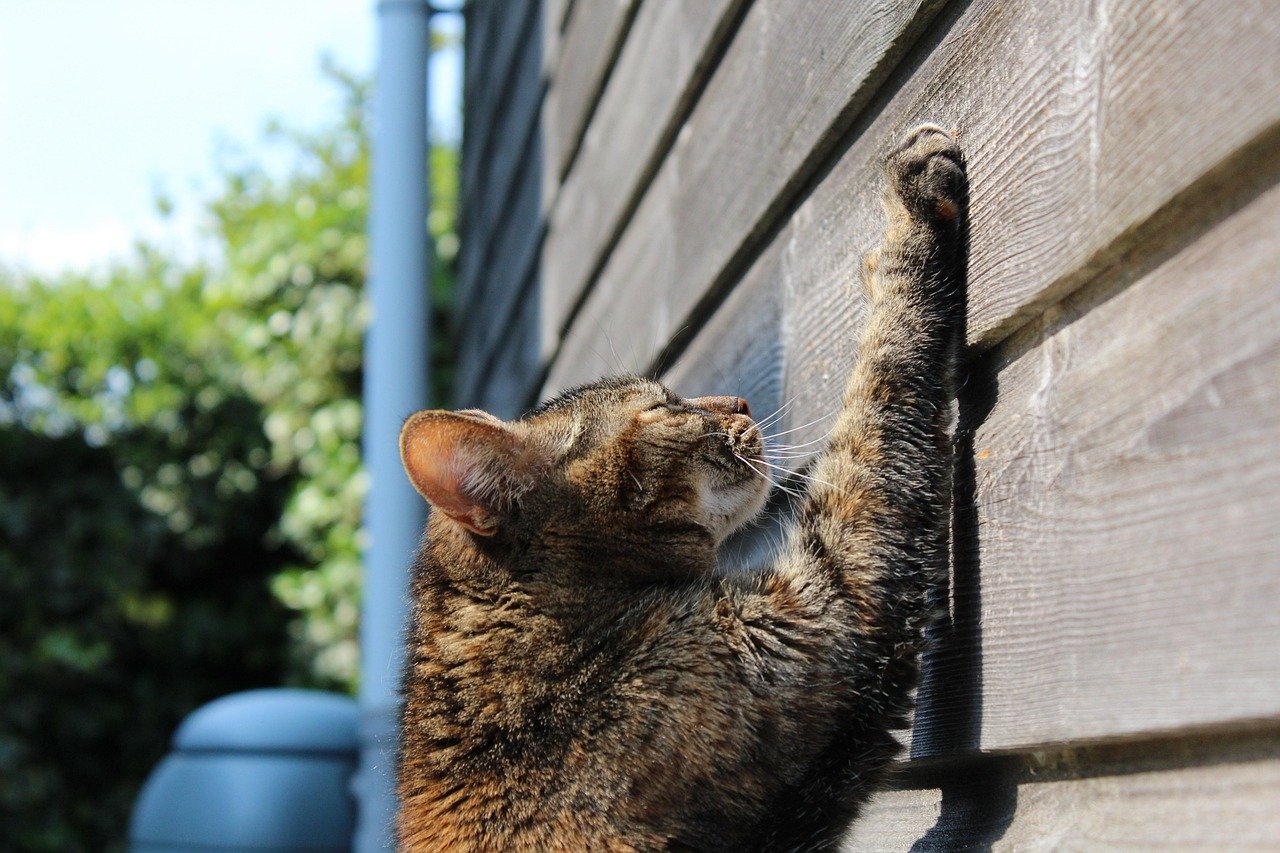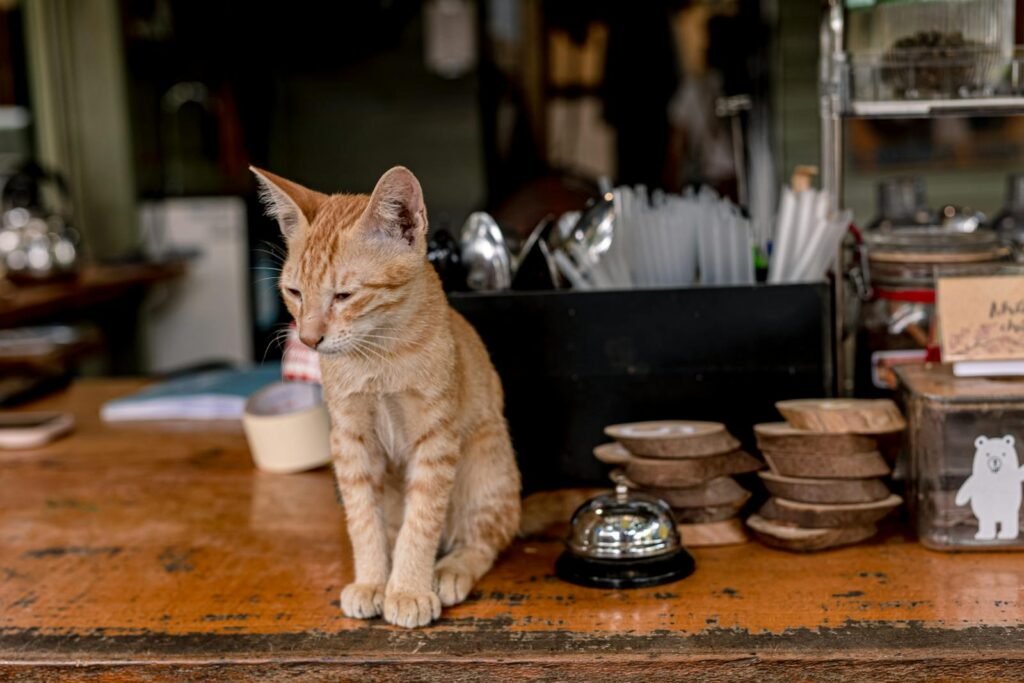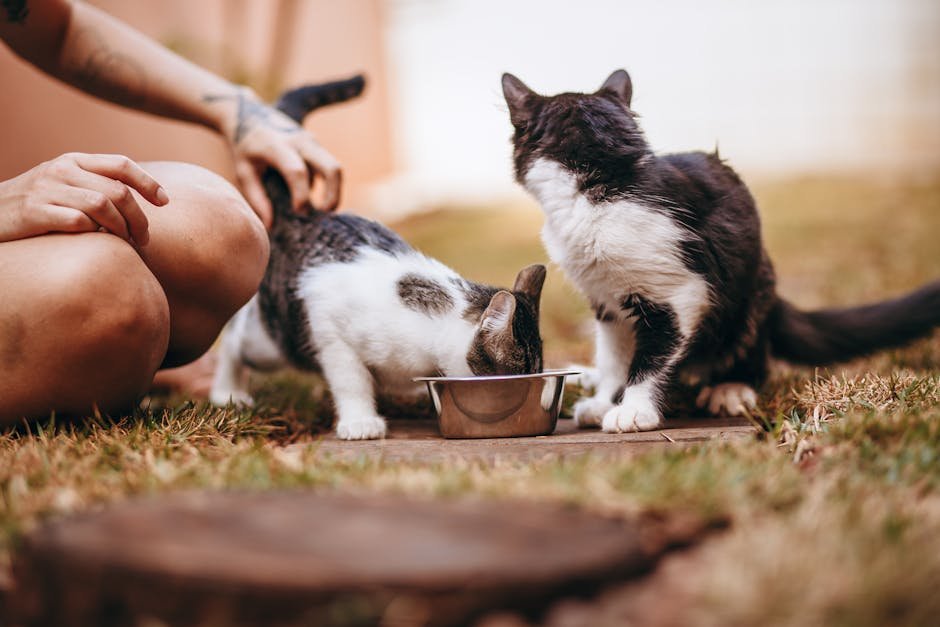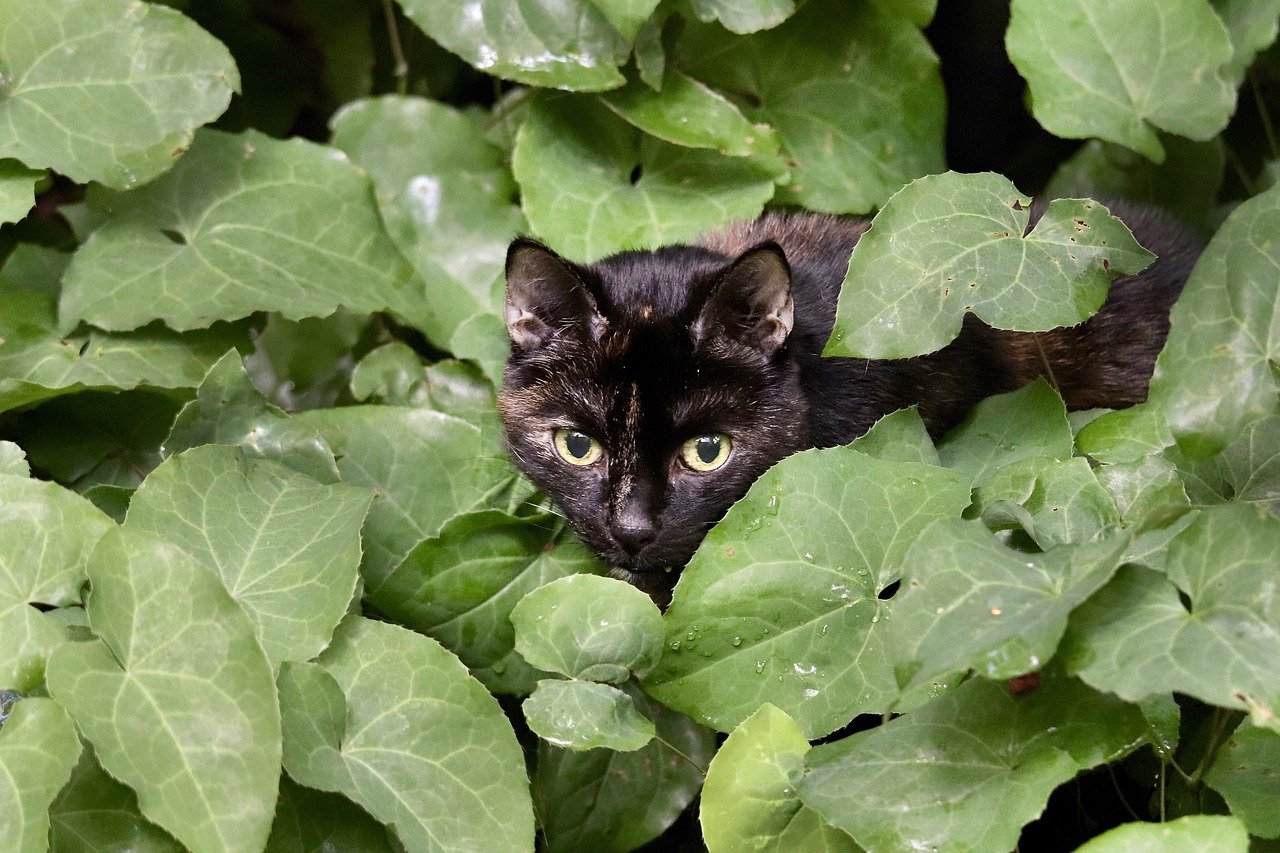Cats are curious, independent, and often mysterious creatures. As a cat owner, understanding their natural behaviors can help create a harmonious home environment. While some of their actions might seem puzzling or even frustrating, it’s important to remember that these behaviors are deeply rooted in their instincts. Discouraging them can lead to stress or anxiety in your feline friend. Let’s dive into ten natural cat behaviors you should never discourage, and why they are crucial for your cat’s well-being.
Scratching: A Feline Necessity

Scratching is more than just a way for cats to keep their claws sharp; it’s a form of communication and a stress reliever. When your cat scratches, they’re marking their territory both visually and with scent glands located in their paws. This is why you might find your furniture becoming a favorite target. While it can be tempting to scold them, it’s better to provide scratching posts or pads. Encourage your cat to use these alternatives by placing them near their favorite scratching spots. Remember, scratching is as natural to a cat as breathing is to us.
Chasing and Pouncing: The Hunter’s Instinct
Even though your cat might be living a pampered life indoors, their wild ancestors were natural hunters. This instinct manifests in behaviors like chasing and pouncing, which can seem playful or aggressive. These activities are essential for your cat’s mental and physical stimulation. By engaging in these behaviors, cats exercise their muscles and hone their reflexes. Providing toys that mimic prey, like feather wands or laser pointers, can fulfill this instinct. It’s a safe way to keep your cat entertained without discouraging their natural behavior.
Climbing: Reaching New Heights
Cats are natural climbers. In the wild, they climb trees to escape predators or to survey their territory from a higher vantage point. Indoor cats replicate this by climbing furniture or shelves. Instead of discouraging this behavior, offer them safe alternatives like cat trees or climbing shelves. These provide your cat with a view of their surroundings, which can be both comforting and stimulating. Climbing also offers a great form of exercise, ensuring your cat stays healthy and agile.
Kneading: A Comforting Ritual

Kneading, often referred to as “making biscuits,” is a behavior rooted in kittenhood. Kittens knead their mother’s belly to stimulate milk flow. As adults, cats continue this behavior as a way of showing contentment and seeking comfort. It’s a sign that your cat feels safe and relaxed with you. While kneading can sometimes be uncomfortable if your cat uses their claws, it’s important to let them express this natural behavior. You can place a soft blanket on your lap to make the experience more pleasant for both of you.
Head Butting: A Sign of Affection

When a cat head butts you, they’re not trying to be aggressive. Instead, this behavior is a form of social bonding. Cats have scent glands on their heads, and by head butting, they are marking you with their scent and recognizing you as part of their family. It’s a gesture of love and trust. Responding with gentle petting can reinforce this bond. Just like humans express affection through hugs, cats use head butting as their way of saying, “I care about you.”
Grooming: More Than Just Cleanliness
Cats are meticulous groomers, spending a significant portion of their day cleaning themselves. Grooming is not just about hygiene; it’s also a way for cats to calm themselves and regulate their body temperature. Additionally, it serves as a social activity among cats, strengthening their bonds. If your cat grooms you or other pets, consider it a compliment. They’re including you in their grooming ritual, which is a sign of trust. Providing a clean environment and regular brushing can further support this natural behavior.
Nighttime Activity: Embracing the Nocturnal Nature
Cats are naturally crepuscular, meaning they are most active during dawn and dusk. This can translate into bursts of energy during nighttime hours, which might disrupt your sleep. Instead of discouraging this behavior, try to engage your cat in interactive play sessions during the day. This can help expend their energy and encourage them to rest during the night. Providing toys and activities that mimic hunting can also satisfy their nocturnal instincts. Understanding this behavior can help create a more peaceful household for both you and your cat.
Hiding: A Safe Haven

Cats often seek out small, secluded spaces to hide. Whether it’s under the bed or in a closet, hiding provides cats with a sense of security. In the wild, cats use hiding as a way to avoid predators or take a break from the social dynamics of their group. It’s important to allow your cat these hideaways, as they can help reduce stress and anxiety. Providing safe and cozy spots around your home can make your cat feel more comfortable and secure.
Vocalizing: A Cat’s Way of Communicating
Cats communicate using a variety of vocalizations, from purring and chirping to meowing and hissing. Each sound serves a different purpose, whether it’s seeking attention, expressing contentment, or signaling discomfort. By paying attention to these vocal cues, you can better understand your cat’s needs and emotions. Instead of discouraging vocalization, try to respond appropriately to their signals. Engaging in a “conversation” with your cat can strengthen your bond and ensure their emotional well-being.
Bringing “Gifts”: An Act of Sharing

If your cat brings you a “gift” like a toy or even a dead mouse, they are not trying to be troublesome. In the wild, cats often bring prey back to their den as a way to share with their family. When your cat presents you with such offerings, they are including you in this instinctual behavior. While it might not always be pleasant, it’s a sign of affection and trust. Acknowledging their gift and offering praise can reinforce the bond between you and your feline friend.
Understanding and embracing these natural cat behaviors can lead to a happier, healthier life for your feline companion. By providing an environment that respects their instincts, you can foster a strong and loving relationship with your cat.

Linnea is a born and bred Swede but spends as much time as possible in Cape Town, South Africa. This is mainly due to Cape Town’s extraordinary scenery, wildlife, and atmosphere (in other words, because Cape Town is heaven on earth.) That being said, Sweden’s majestic forests forever hold a special place in her heart. Linnea spends as much time as she can close to the ocean collecting sea shells or in the park admiring puppies.






